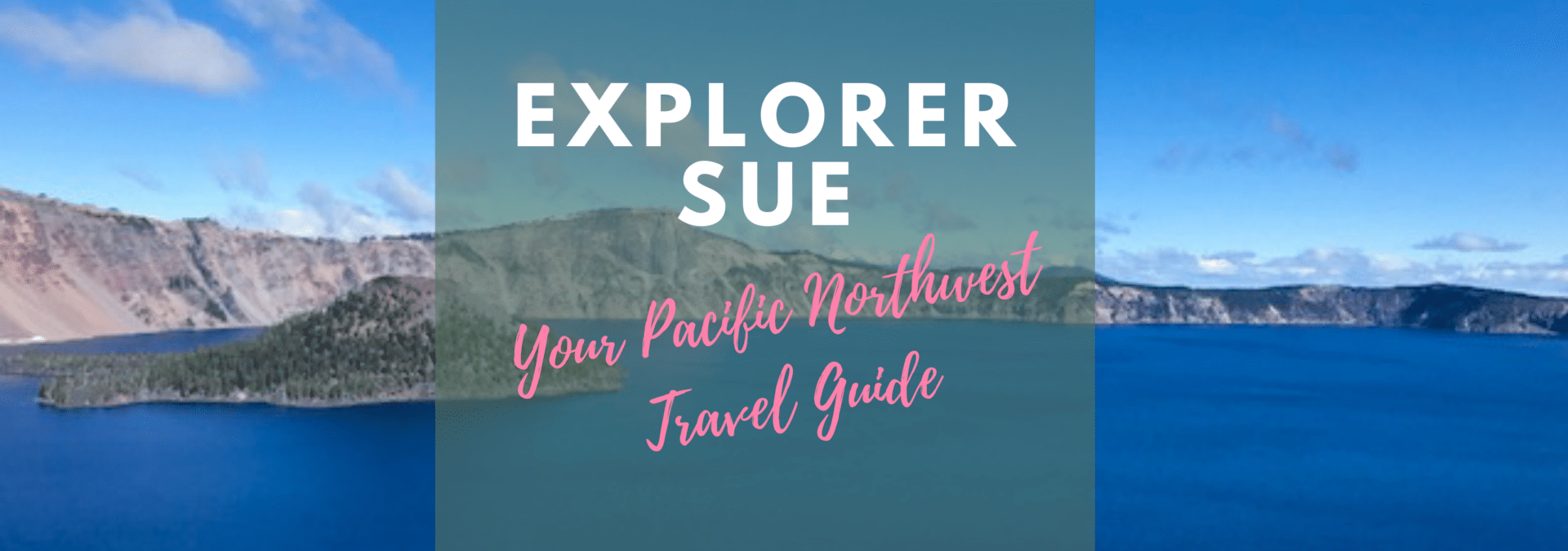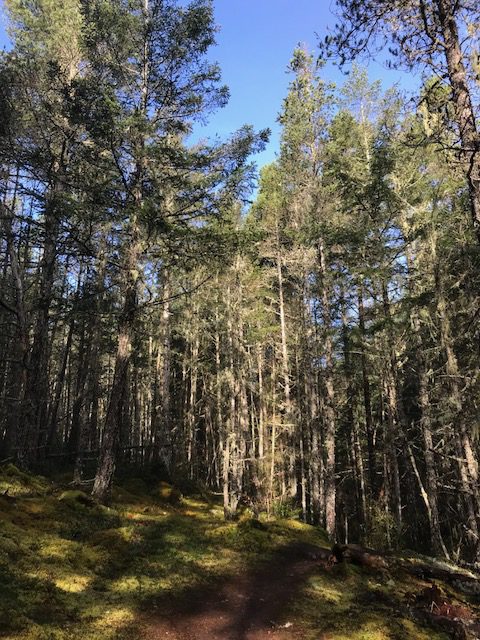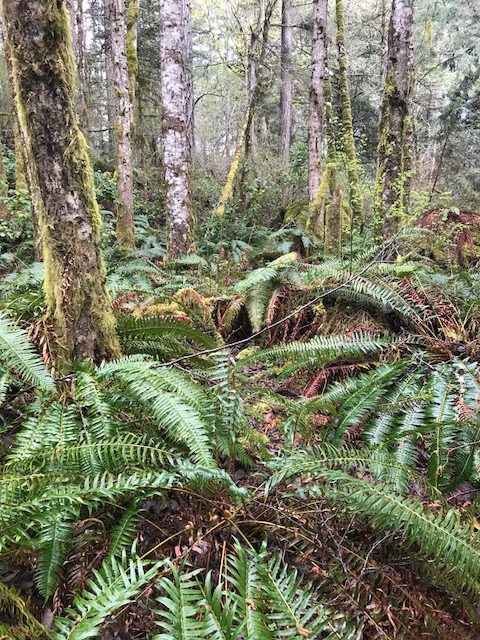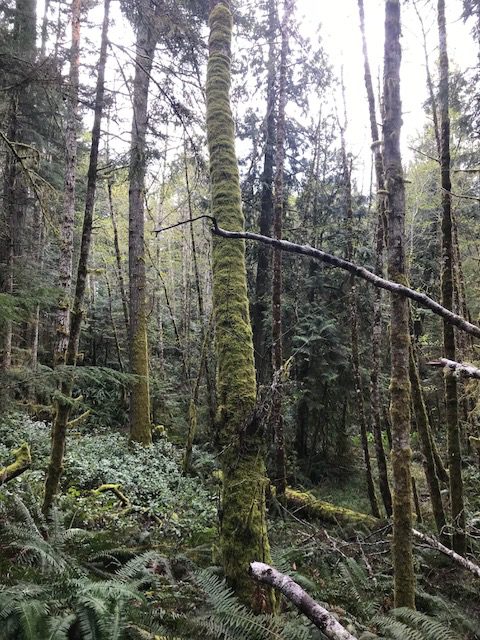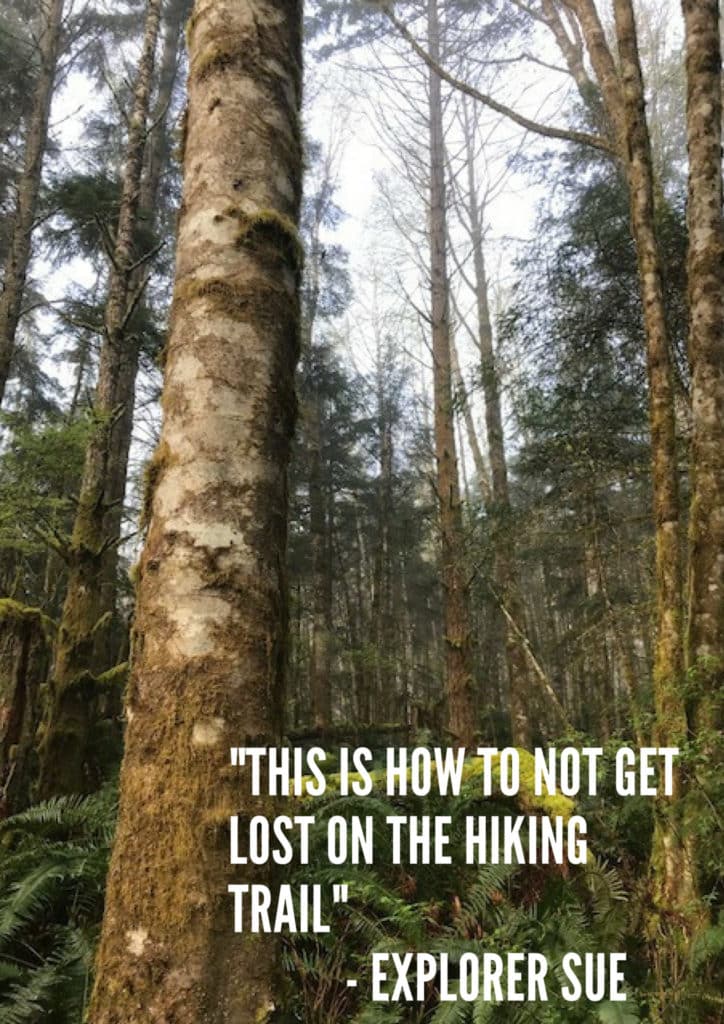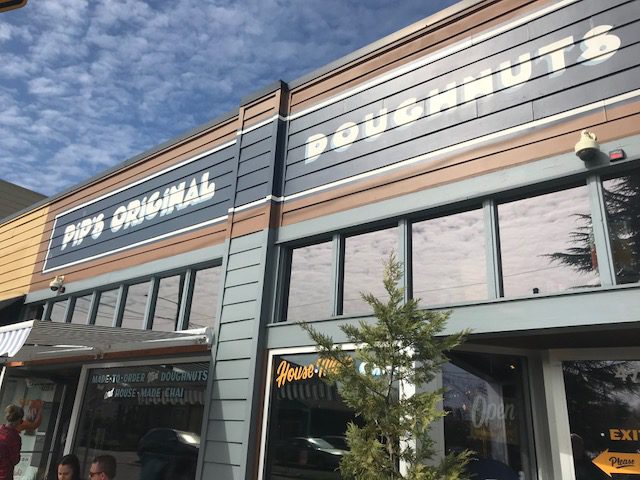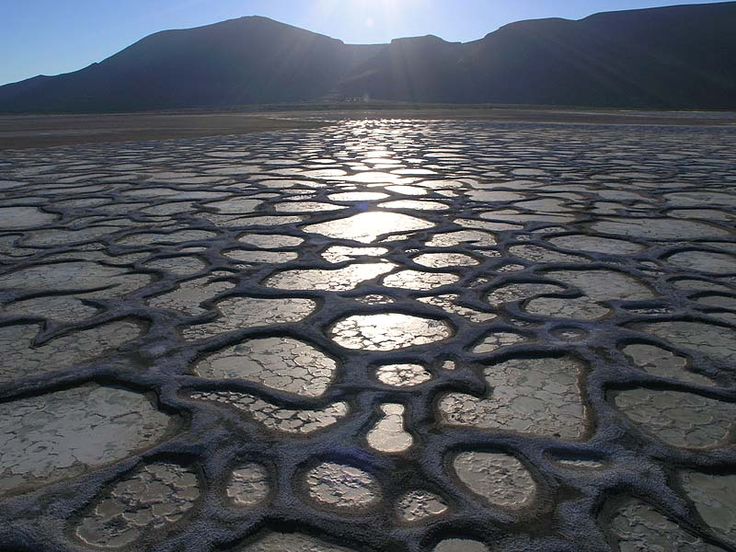I was so excited to go on a solo trip to Vancouver Island. Having never been further than the city of Victoria, my explorer hat was in full force as I picked up a rental car for the 5-day journey.
After sitting on my toosh all day driving from Portland up to Port Angeles, taking the ferry to Victoria, then another hour to my Airbnb, I was desperate to get my hiking on the next day!
Early the next morning, a quick look at Google Maps told me that East Sooke Provincial Park just west of Victoria was a good choice. After a cursory look at the map at the trailhead, I decided to take the most direct route to the shoreline, not knowing how long that would take.
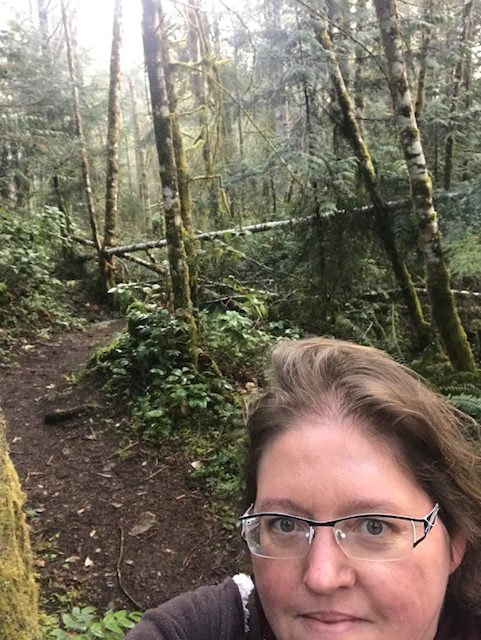
The trails were clearly marked, so that was good. I followed the trail to another trail that would take me to a killer view of San Juan de Fuca Strait. The same waterway I ferried into Canada on.
But whoa. Right from the start, the trail ascended sharply, no doubt due to Mount Maguire to the west. When I reached the second trail I started on it, but by now I was almost an hour into my hike, and I had other things planned that day. So reluctantly, I decided to skip my killer beach view, go back and continue on the first trail, which went in another direction. I figured if I kept following that, it would circle back and bring me back to my car.
First rookie mistake.
I followed the trail for what seemed like a long time. I was not descending in elevation, or curving back the way I came. Did I take the wrong path? Thoughts of having to radio for help invaded my mind. I was lost, but I knew that if I hit a certain point-of-no-return, I could just double back.
Then I came to another fork in the road. Thankfully, this one had another full-size map of the entire park, so I studied this one more carefully. Now I knew where I was! It was here that I realized that the trail I had been following all along was a straight line and NOT A LOOP. So, if I wanted to get back, the quickest way was to go back exactly the way I came.
Sigh.
So, I had another very long hike ahead of me. With the same scenery. So be it. At least I knew where I was going now! With a heavy sigh, I began to retrace my steps.
By this time, it was late in the morning and I started encountering other hikers. Two of them asked me directions, and by this time, I was fairly certain in my answers, having studied the entire map in great detail. I don’t know, I must have had that sweaty warrior trailblazer look about me, looking confident as I strode purposefully back toward civilization (i.e. my car!)
The next day I was pretty sore. Turns out there were lower abdominal muscles I didn’t even know I had, and the dormant darlings were awakening with a protesting groan. Much of the muscle soreness was a direct result of two things: I had water in my car but didn’t take it with me on the hike. And 2) I only took a couple of short, one-minute breaks during the entire hike. BAD Pacific Northwest hiker! BAD travel blogger who’s supposed to know what she’s doing!
Tips for Hiking
Do your research beforehand! Have some general idea of what trails there are, and how long of a hike you will be in for. Trail maps will most likely be displayed prominently on every trailhead, so once you decide on a path, STICK TO IT. Changing your mind mid-hike will either get you lost, or the hike will take far longer. And if there is a paper map available, for crying out loud, BRING IT WITH YOU.
BRING WATER. I cannot stress this enough. Sunscreen and a hat if you will be exposed to the sky (yes, even in cloudy weather.) If it is to be a hike for more than three hours, bring food and/or snacks to keep your energy up.
Bring a compass. A MANUAL ONE. Because you know what? Even the best cell reception will be of little use to you out in the boonies. Trust me.
Take a short, 5-10-minute break every hour. I did some pretty heavy-duty hiking for two and a half hours straight, and I paid the price for intense muscle soreness for the next day or two.
Dress in layers. When you start, particularly in the morning, you will be chilly. But once you get moving, things will heat up FAST. Yes, even in winter/early spring/fall. And shoes! Make sure they’re sturdy and can handle the elements! My wimpy Coach sneakers got ruined in the wet, mucky spring PNW mud.
If you are at all unsteady on your feet or tend to have knee problems, bring a hiking stick. It works wonders. Read about my refusal to take a hiking stick when hiking the Narrows in Utah, and how a good Samaritan set me right.
Bring rain gear. A raincoat or at least a waterproof parka is just about the required material when hiking in the Pacific Northwest. Even if you start your hike with sunny skies, the weather here can change dramatically any time of year.
Practice basic hiking etiquette: Give uphill hikers the right of way. Leave no trace! Take pictures and NOTHING ELSE. Stay on the trail. Never feed wildlife. Respect others around you and keep your conversation to a minimum.
